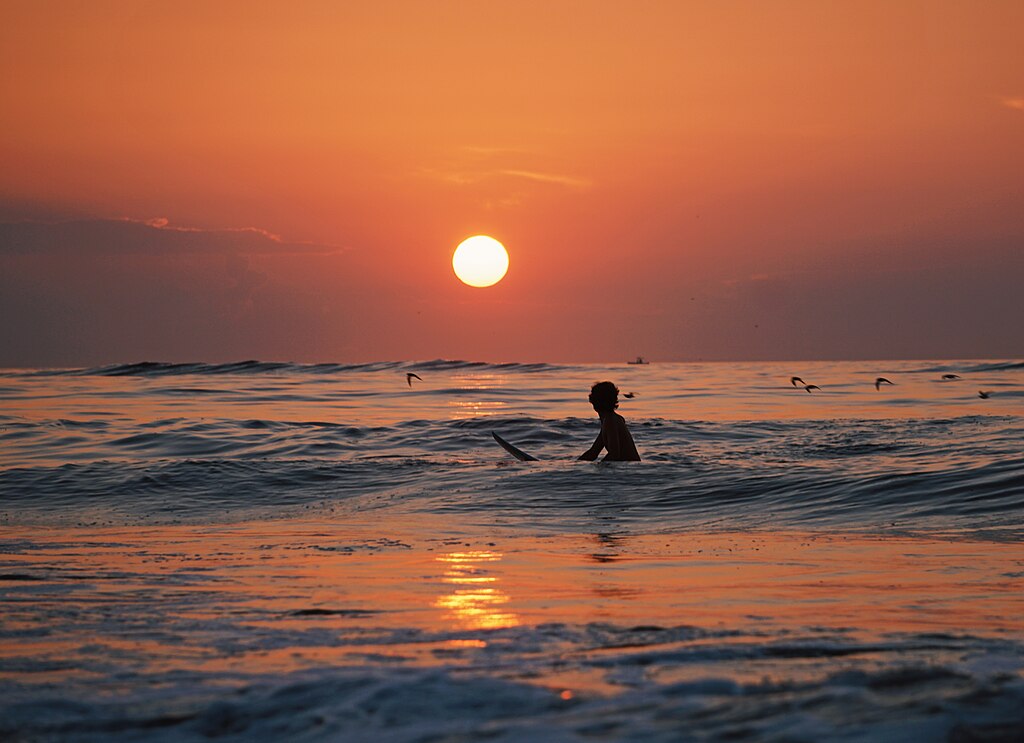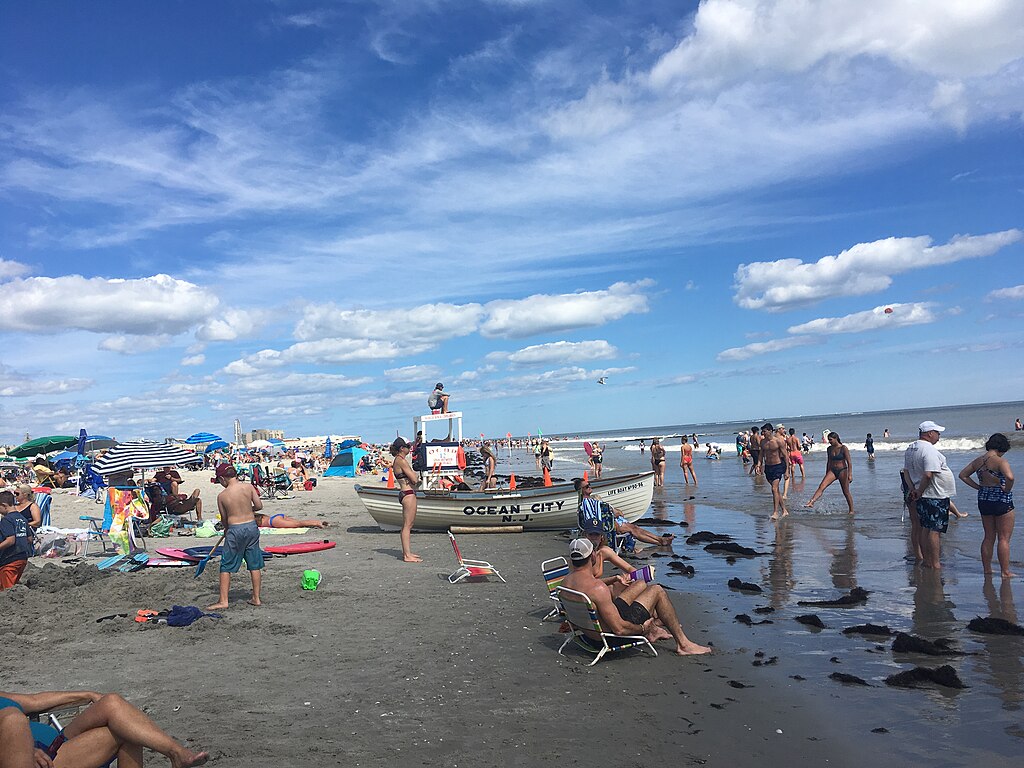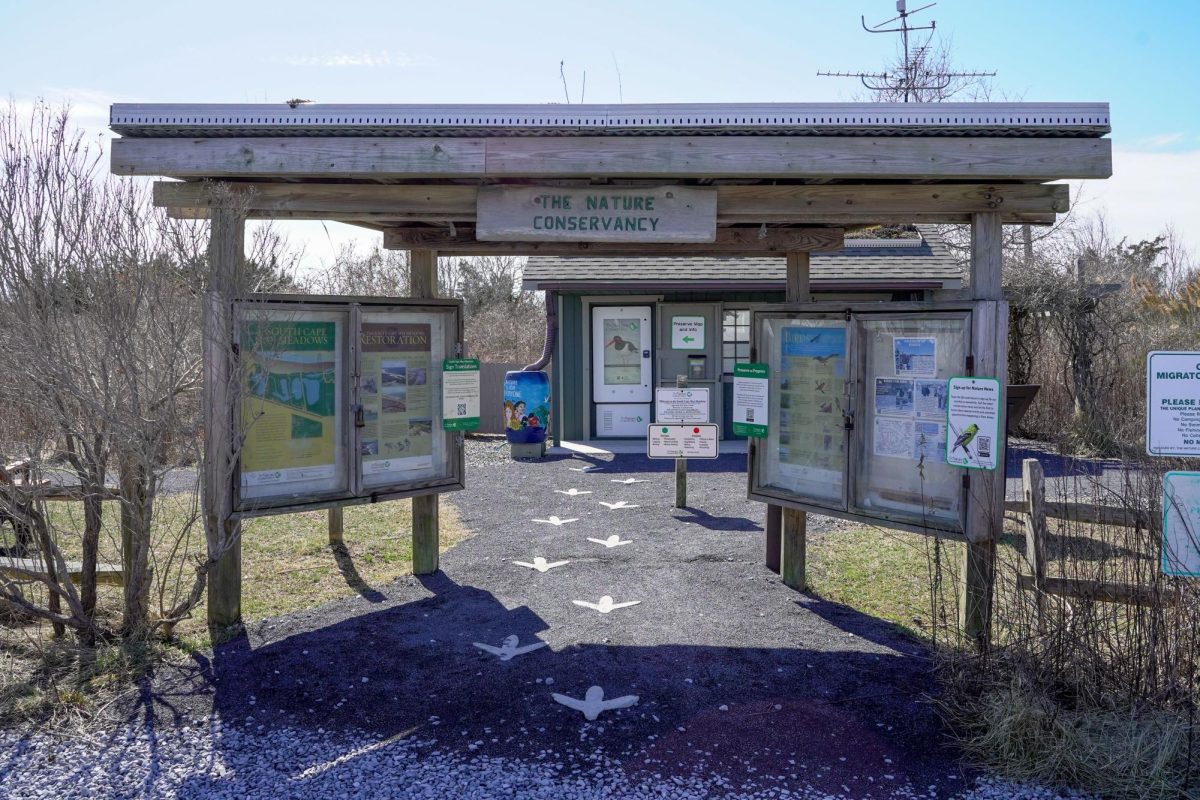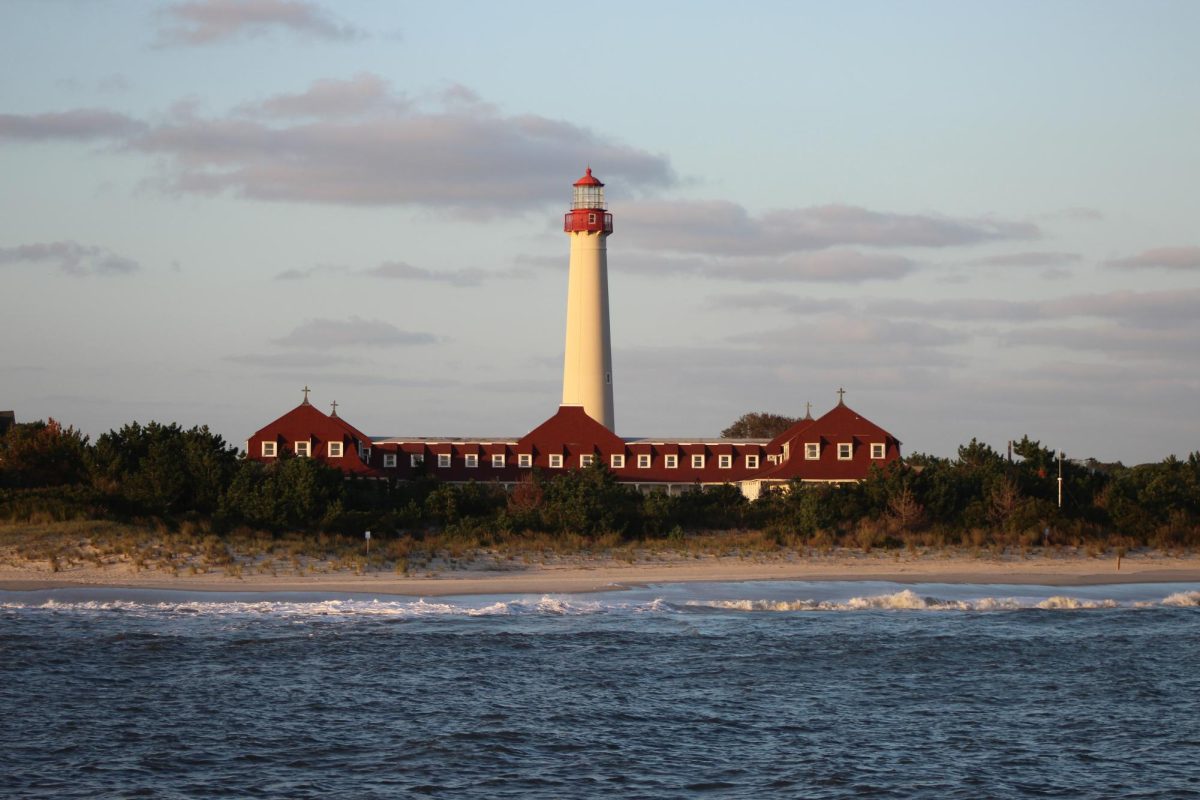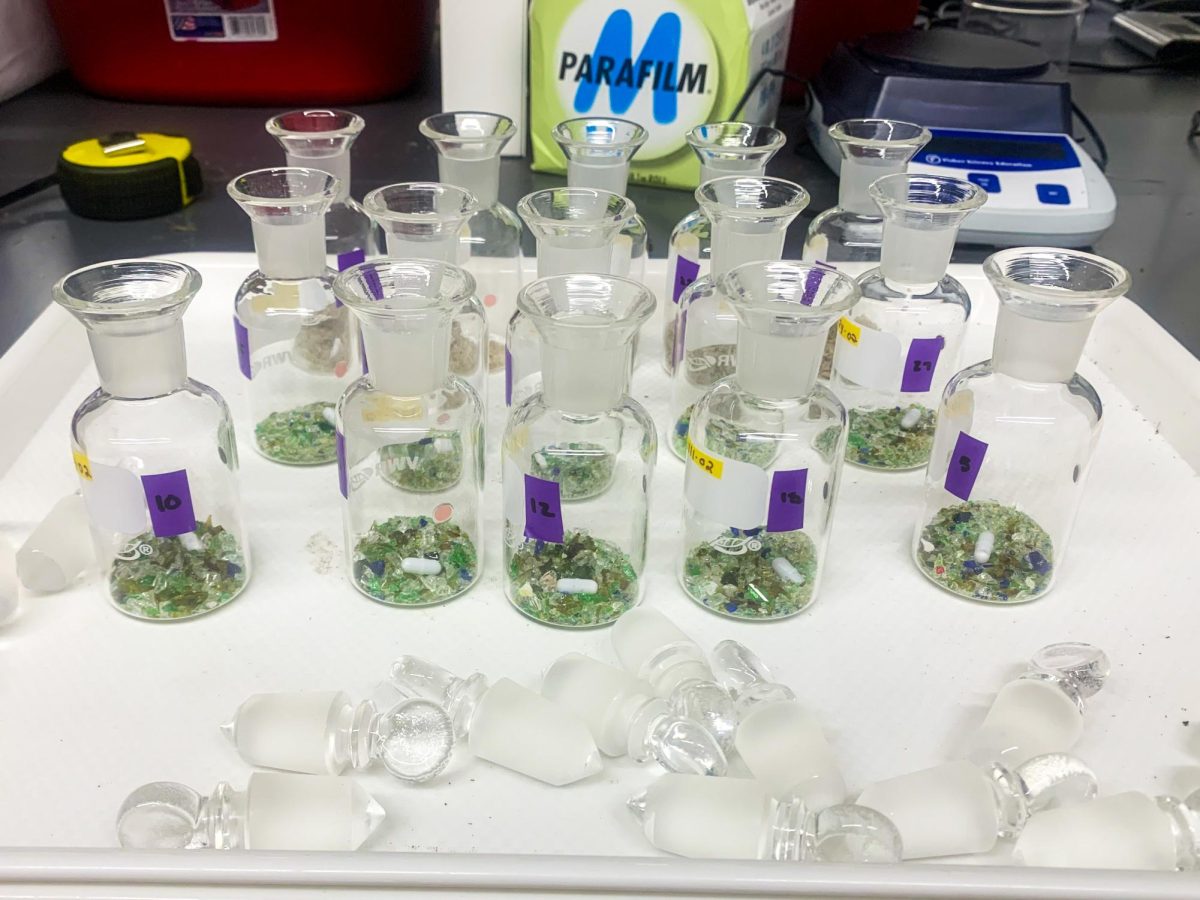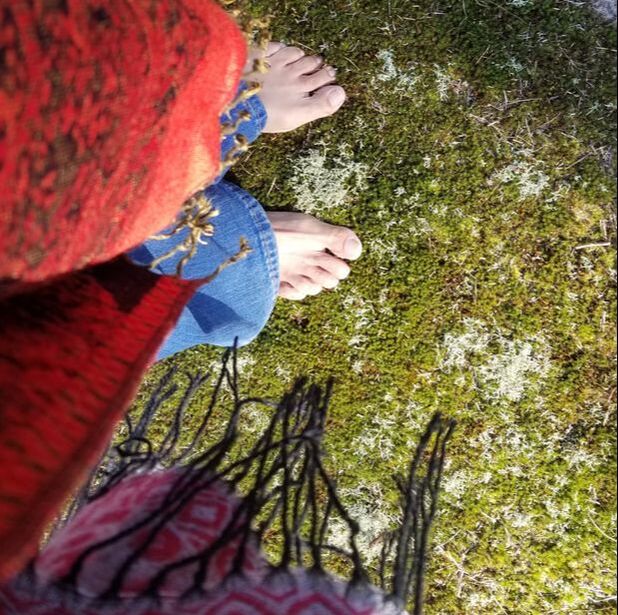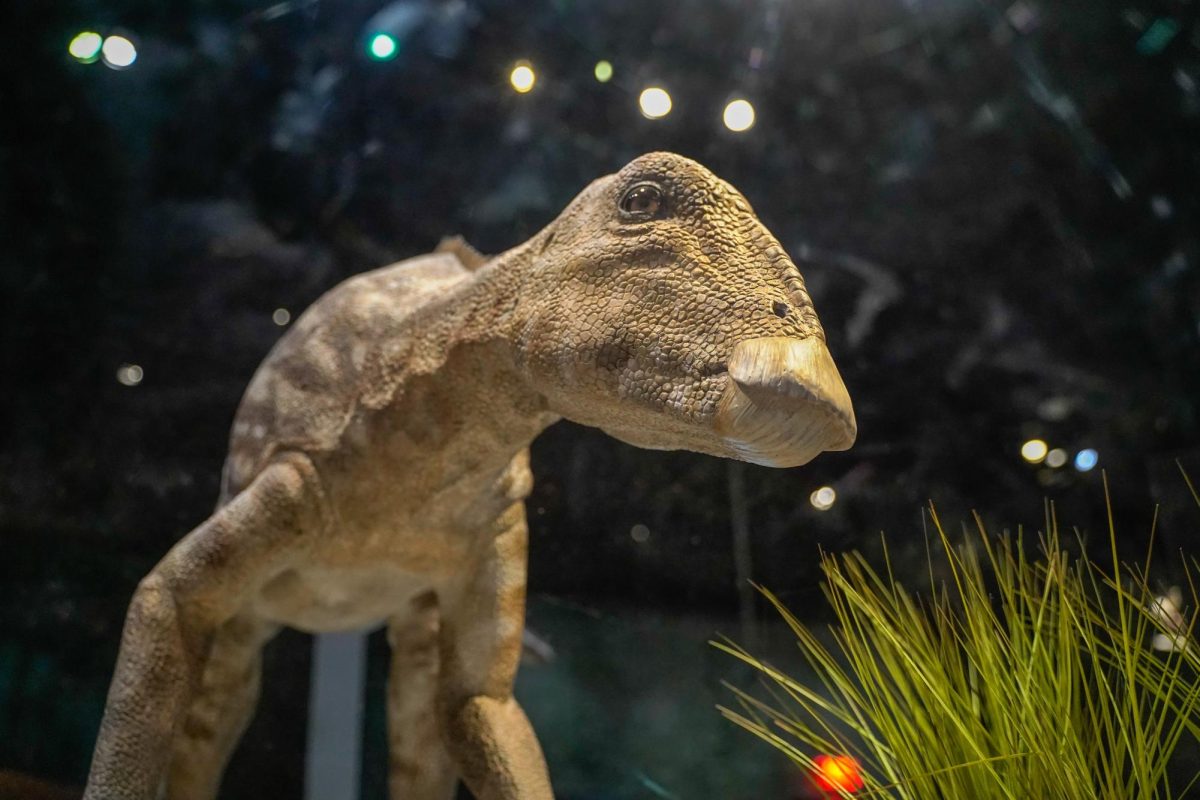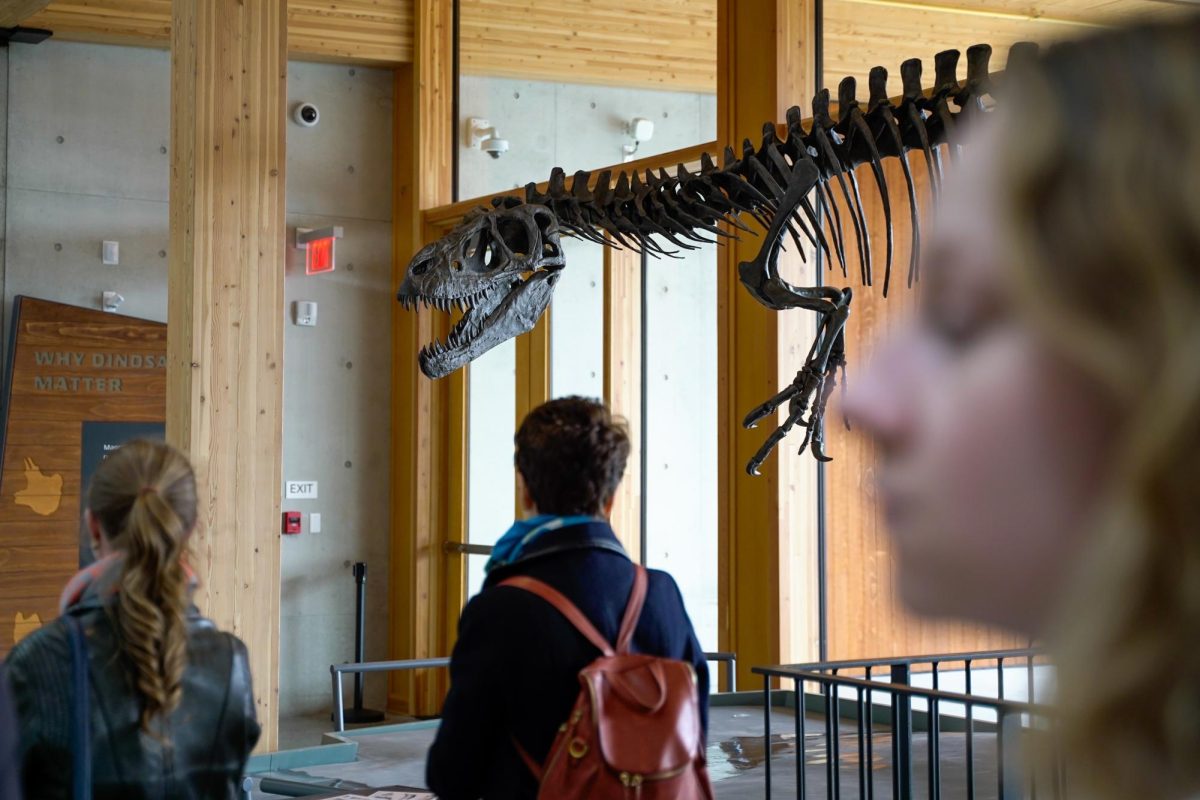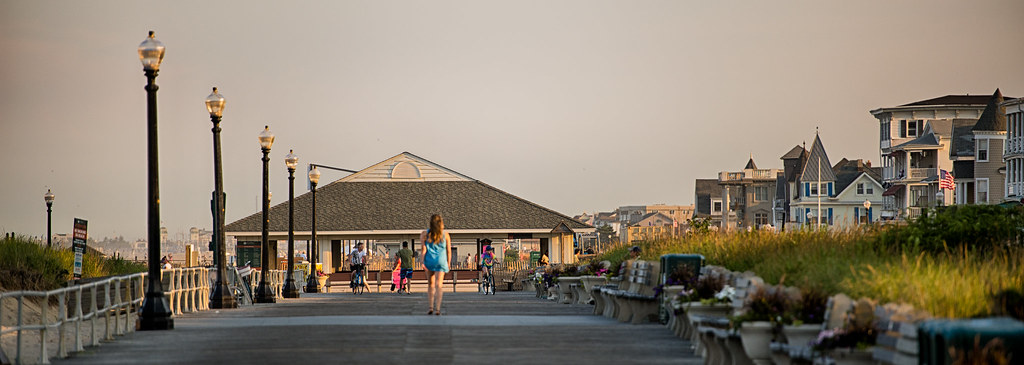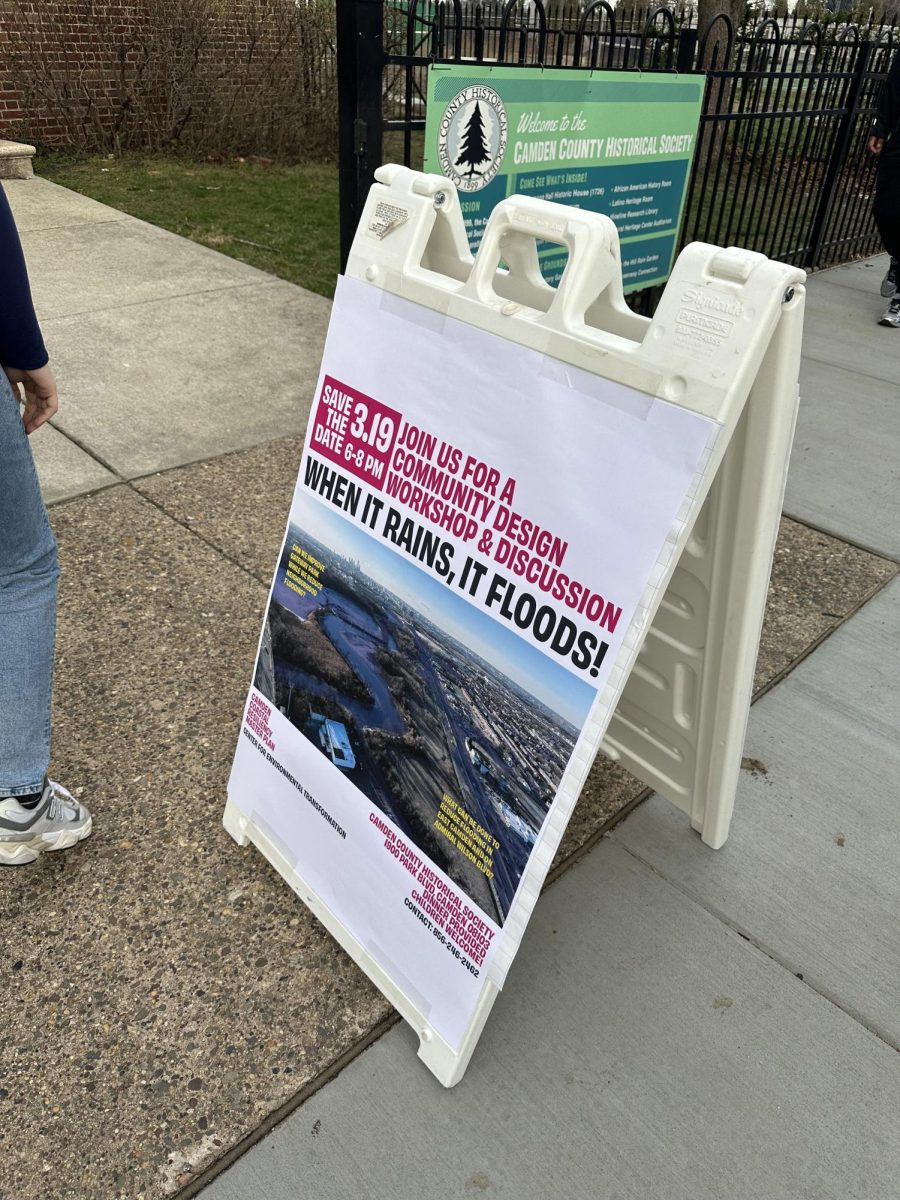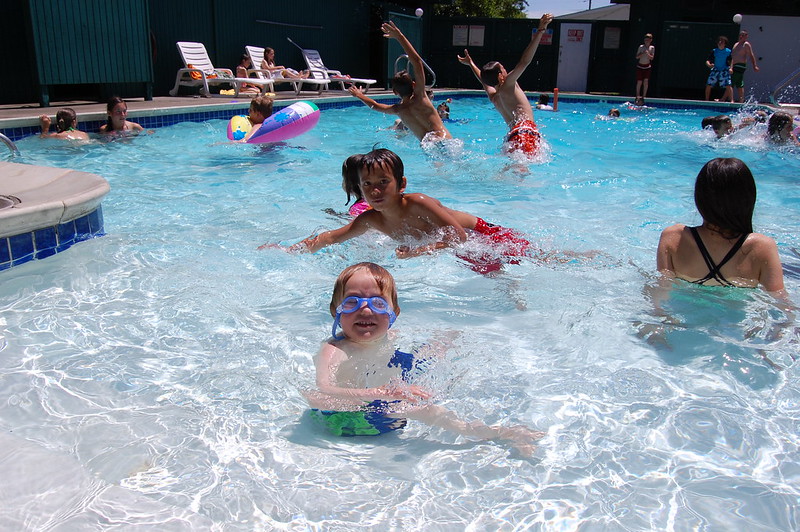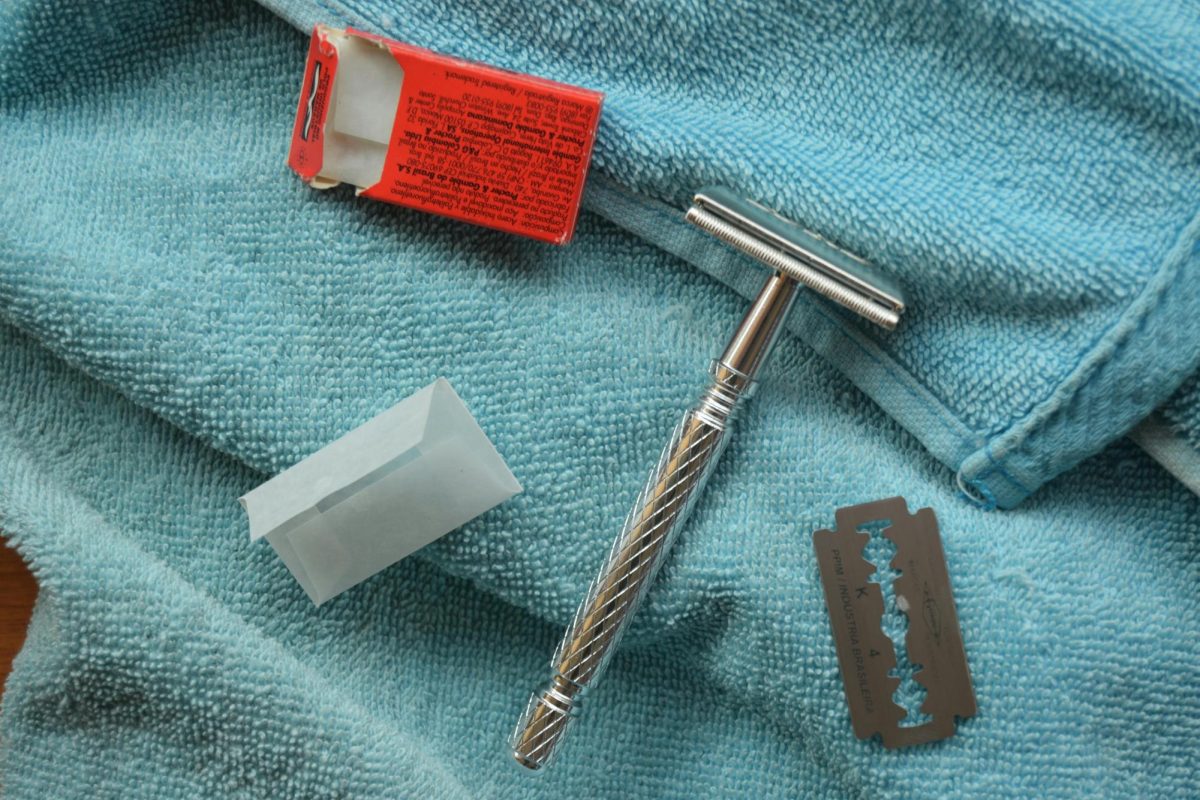Like most shore or bay towns, the tiny community of Reeds Beach in Middle Township on the Delaware Bay was hit hard by Hurricane Sandy.
Houses had to be rebuilt and the erosion was so extensive that tons of sand from upland quarries had to be trucked in to rebuild the beach.
More than a decade later, scientists and conservationists are still experimenting with new ways to protect the beach, marine, birds and the people who live there from future threats.
One of the key ways is by maintaining and monitoring artificial oyster reefs in the bay.
After Hurricane Sandy, the American Littoral Society, a coastal conservation and advocacy group, helped establish 200-feet of offshore reef, made of bags of shells at the south end of Reeds Beech. They also have similar projects at other sites, including Moore’s Beach, Thompson’s Beach and Dyer’s Cove.
The reefs serve a number of purposes.
They help prevent beach erosion, which is key for horseshoe crabs that come up onto the beach in early summer to spawn and lay eggs. Horseshoe crabs eggs are a crucial food source for migratory shore birds such as the endangered Red Knot, which use the beach as a critical stop over on their flight from South America.
“New Jersey and the Delaware Bay are the epicenter of horseshoe crab spawning in the entire world,” said Quinn McHerron, Habitat Restoration Coordinator for the Littoral Society.
The reefs also provide habitat for oysters, clams, crabs, snails and other organisms which contribute to the health and biodiversity of the bay. An adult oyster can clean up to 50 gallons of water a day.
The reefs can serve as a natural barrier for storm surges and waves that can threaten the houses along the beach.
The artificial reef blocks are composed of bags of whelk shells, which were locally sourced. They are submerged during high-tide and are exposed at low-tide. They are routinely monitored.
“After about year two, the oysters start to cement the bags together, which helps make the structure more sturdy,” said McHerron. “We won’t have to maintain the actual integrity of the structure as much and just focus on biodiversity monitoring.”
The Littoral Society is also working with partners like Partnership for the Delaware Estuary, the Rutgers University’s Haskin Shellfish Research Laboratory, and the U.S. Fish and Wildlife Service on a new pilot program to find plastic-alternative materials for the reef bags for future for habitat restoration and creation.
“We want to do everything we can to keep plastic out of the water,” said McHerron. “There are new technologies and new opportunities to explore.”

